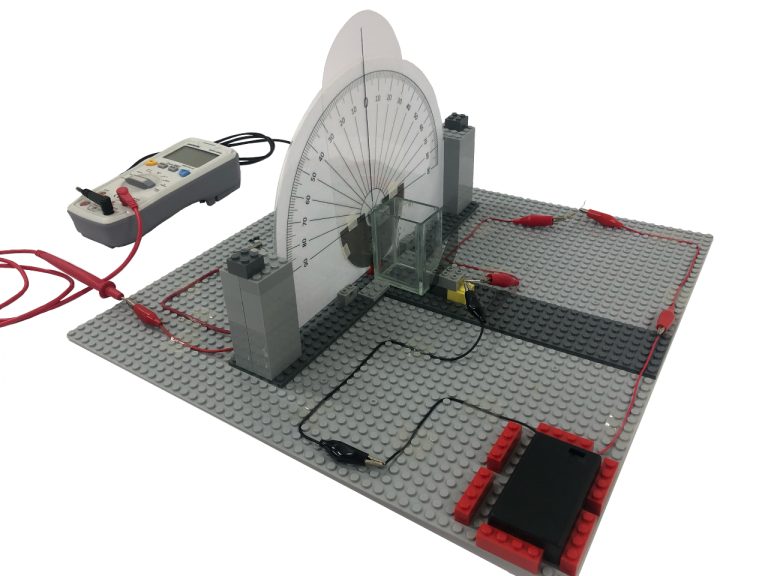MANILA, Philippines – Imagine turning toy bricks into high-tech lab equipment! That’s exactly what Ryan Joseph Felicidario, an undergraduate student at Ateneo de Manila University, accomplished with his improvised chemical purity tester. Built from LEGO® bricks, polarizing film, and basic circuitry, this homemade polarimeter is capable of optically measuring the purity of substances like Vitamin C (ascorbic acid)—a feat typically reserved for costly lab-grade equipment.
Why polarimeters matter
Polarimeters are essential for testing purity in chemical samples, using polarized light to gauge the optical rotation angle of various compounds. This process, however, usually requires expensive lab equipment—costs that small institutions and classrooms in developing countries struggle to afford. But Felicidario’s innovative approach, developed alongside his thesis adviser Dr. Ramon delos Santos, offers a high-functioning alternative for just $150. Using LEGO and affordable components, he managed to create a device that closely replicates the accuracy of commercial models.
How it works: An innovative setup
Using two Vitamin C samples from different brands, Felicidario tested the optical rotation angle and compared it to known values for pure ascorbic acid. The results? One sample was within the acceptable range, but the other suggested impurities—proving his polarimeter’s efficacy. This setup also integrates melting point checks for even greater reliability, making it a highly practical and low-cost option for educational labs.
Educational benefits: Making science accessible
Besides saving costs, Felicidario’s LEGO-based polarimeter serves as a powerful learning tool. Its transparent, non-“black-box” design allows students to see and understand the principles of optical activity and polarization firsthand. This makes it ideal for science educators who want to demonstrate complex concepts using approachable, hands-on tools.
Published research for further impact
On October 23, 2024, Felicidario’s work was published in the Journal of Physics: Conference Series, showcasing how his accessible invention can inspire more affordable science equipment and spark curiosity in young scientists everywhere.

FAQs
Q: What materials were used to build the polarimeter?
A: The polarimeter was constructed using LEGO bricks, polarizing film, and inexpensive electrical components.
Q: How does the polarimeter work?
A: It measures the angle of polarized light passing through a sample, helping to assess the sample’s purity.
Q: How accurate is this LEGO polarimeter?
A: It provides reliable results for Vitamin C and similar substances, offering measurements close to those from high-end models.
Q: What is the educational value of this invention?
A: Its design is accessible for students, offering an easy-to-understand way to learn about polarization and optical activity.


